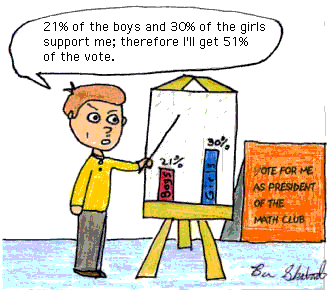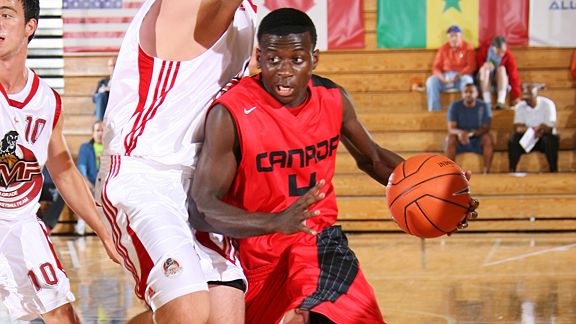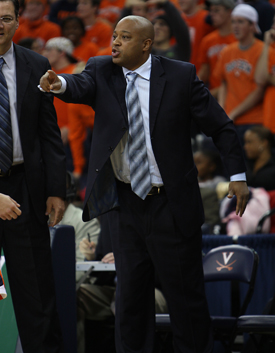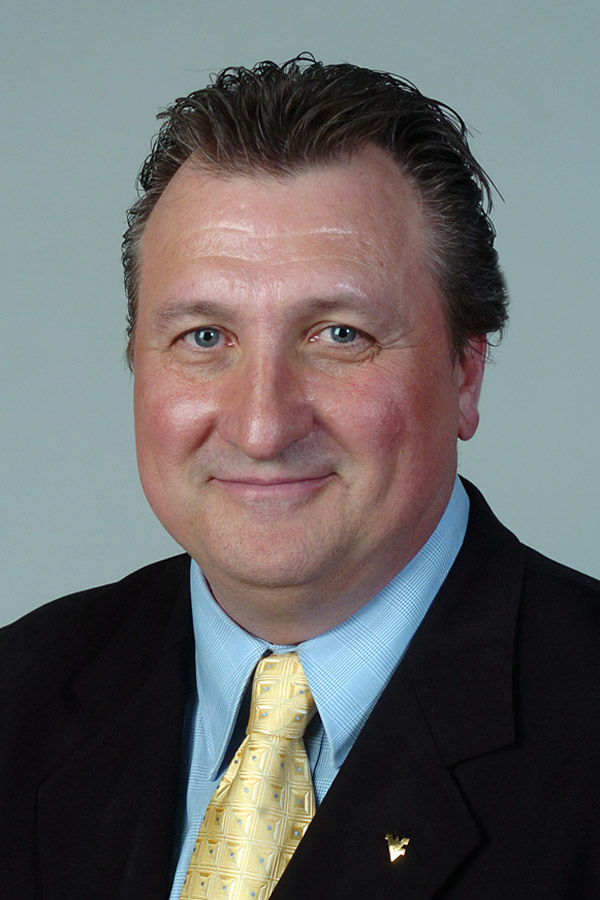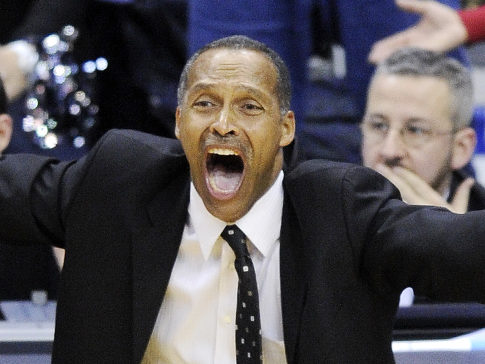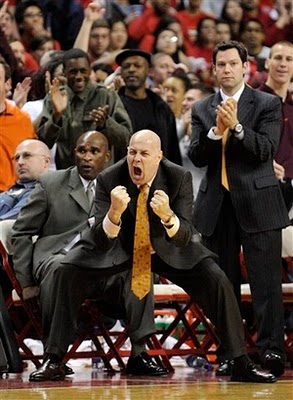Posted by zhayes9 on October 6th, 2010

College basketball fans: get your calendars out. Over the next five Wednesdays until opening night arrives on November 8, we’ll unveil a portion of our 68 Can’t-Miss Games of 2010-11, a countdown of the matchups that you need to make sure to see this season. From the early season headliners to the best rivalries conference play has to offer, this list has you covered with the game, date, time (ET), network and a brief synopsis of what to expect. Remember, folks: this list doesn’t even include another eight to ten must-see early-season tournament games, for which we’ll have a separate post later this month. Without further ado, here are the first 14 games on the list — set your Tivos/DVRs now.
#68. January 22 – Ohio State at Illinois, 12 pm (CBS) – Just prior to the stretch run in what should be the most competitive conference in the land this season, Ohio State travels to rowdy Champaign for a physical, rugged battle. Two of the best freshmen the Big Ten has to offer will be featured on national television in Ohio State’s Jared Sullinger and Illinois’ Jereme Richmond. Thad Matta should have an idea after this game whether last year’s supporting cast will take a step forward or instead fall on hard times without their former superstar Evan Turner.
#67. February 2 – Duke at Maryland, 9 pm (ESPN) – There’s only a small handful of games where the likely preseason #1 Blue Devils have a chance to fall. This is one of them. The Terrapins knocked off Duke in College Park last season. The difference: they had Grievis Vasquez, Eric Hayes and Landon Milbourne at their disposal. If the secondary players of a year ago — players like Sean Mosley, Cliff Tucker, Adrian Bowie and freshman Mychal Parker — can produce sufficiently alongside budding star Jordan Williams, Duke could be in for another dogfight against one of their bitter rivals.

Terp Fans Will Be Ready For Duke Again
#66. March 5 – Princeton at Harvard, 7 pm (TBA) – For those of you Ivy League fans out there, this is shaping up to be the best game of the entire slate and one that may decide the conference’s automatic bid to the NCAA Tournament. With Cornell’s three top seniors departing, most believe the conference crowd is Princeton’s to lose considering the Tigers return their top five scorers. Harvard, despite losing all-Ivy performer Jeremy Lin, returns the majority of his supporting cast and Lavietes Pavilion should be rocking on the last Saturday of the regular season.
#65. January 13 – Purdue at Minnesota, 7 pm (ESPN) – Purdue will be returning to the Barn on this January night for the first time since they saw their national title hopes crumble with Robbie Hummel’s devastating knee injury in 2010. More importantly, this is an early statement game for a Golden Gophers team that’s hard to peg in the preseason. They Gophers return some intriguing pieces from a team that made a late push to secure a bid in 2010, notably Devoe Joseph, Blake Hoffarber and Ralph Sampson III, and this shapes up to be a potential early season statement win for Tubby Smith.
#64. February 12 – Old Dominion at VCU, time TBA – Despite the defections of Gerald Lee as a senior and Larry Sanders to the NBA, both the Monarchs and Rams may find themselves atop the CAA standings once again. Shaka Smart brings in an impressive recruiting haul to go with experienced floor leader Joey Rodriguez and fellow guards Brandon Rozell and Bradford Burgess. It’s the same story for ODU’s Blaine Taylor — Lee is gone, but most of his sidekicks are back in the fold. This should be ODU’s stiffest test on the CAA slate.
#63. January 29 – Missouri at Texas, 9 pm (ESPNU) – There’s five teams that could legitimately challenge for the Big 12 title this season. Here’s two of them meeting in a late January battle. The jury’s out on the Longhorns given how the second half of last year played out, but the talent and depth that Rick Barnes assembled still makes a trip to Austin less than ideal for the visitor. Between Kim English, Marcus Denmon and incoming freshman Paul Pressey, it could be guard play and the Tigers’ patented full-court pressure that negates any Texas home court advantage.
#62. March 5 – Florida at Vanderbilt, 6 pm (ESPN) – With Billy Donovan dodging a Mareese Speights/Nick Calathes type unexpected loss this summer, it appears that the Gators and their returning five starters are the odds-on favorites to win the SEC (this could hinge on Enes Kanter’s eligibility for Kentucky). Their regular season finale shapes up to be a challenge at Vanderbilt’s wacky Memorial Gymnasium. Losing A.J. Ogilvy sent the Commodores down a few notches, but potential lottery pick Jeffery Taylor and sharpshooter John Jenkins could be enough to send a late-season punch Florida’s way.
#61. December 11 – Tennessee vs. Pittsburgh, 3:15 pm (ESPN) – The stage is set for these two powerhouses to battle at the Penguins brand new Consol Energy Center in downtown Pittsburgh, giving this “neutral site” game a significant pro-Panthers flavor. Despite losing three key seniors, the Volunteers re-loaded with freshman Tobias Harris and return the talented Scotty Hopson. Many folks think a Pitt team that overachieved tremendously last season has the chops to win a competitive Big East. This would be an early resume-building win for both squads.
Read the rest of this entry »
| 2010-11 Season Preview, 68 cant-miss games
| Tagged: duke, florida, gonzaga, harvard, illinois, maryland, memphis, minnesota, missouri, northern iowa, notre dame, ohio state, old dominion, pittsburgh, princeton, purdue, san diego state, temple, tennessee, texas, vanderbilt, vcu, villanova, wichita state, wisconsin
Share this story
































